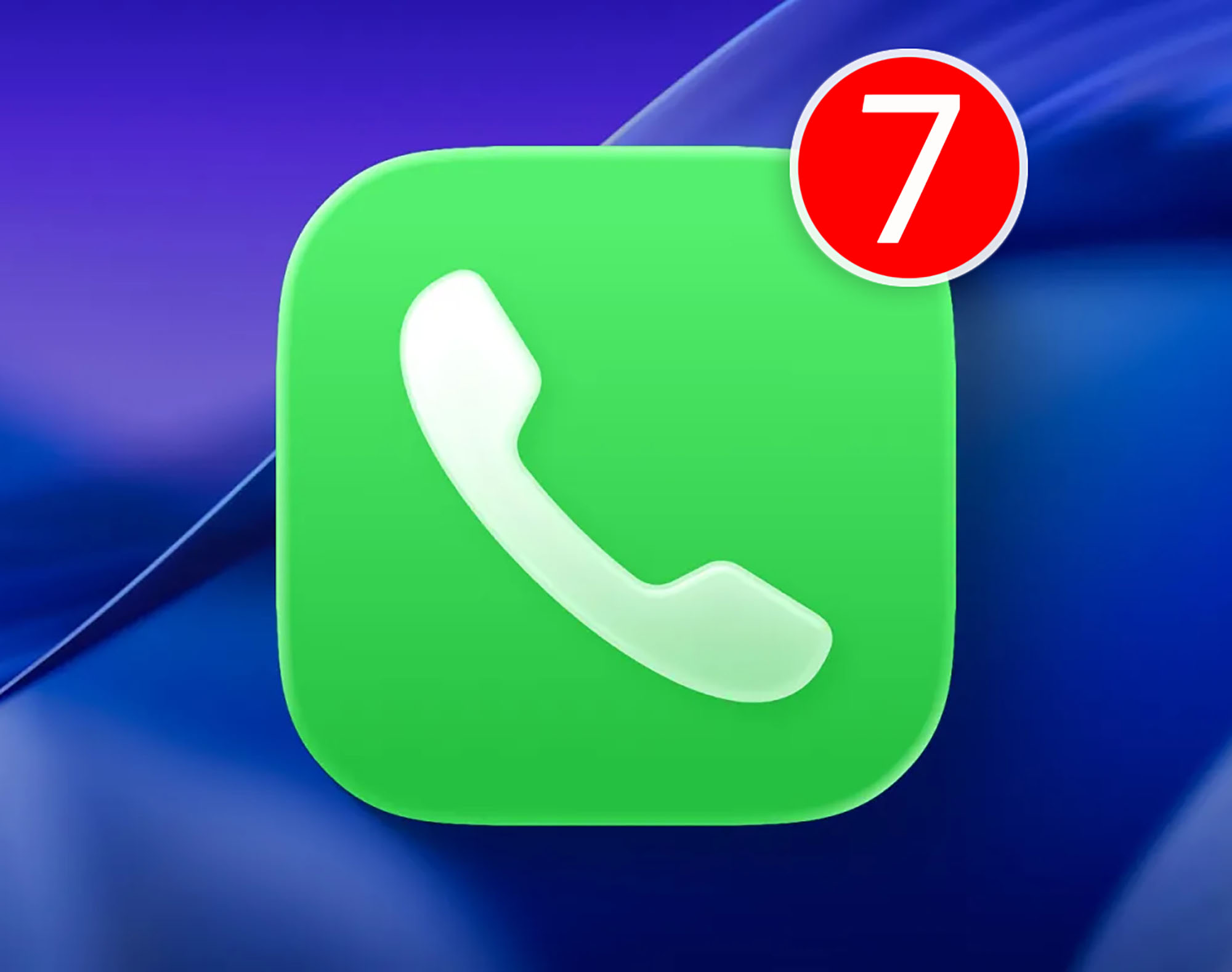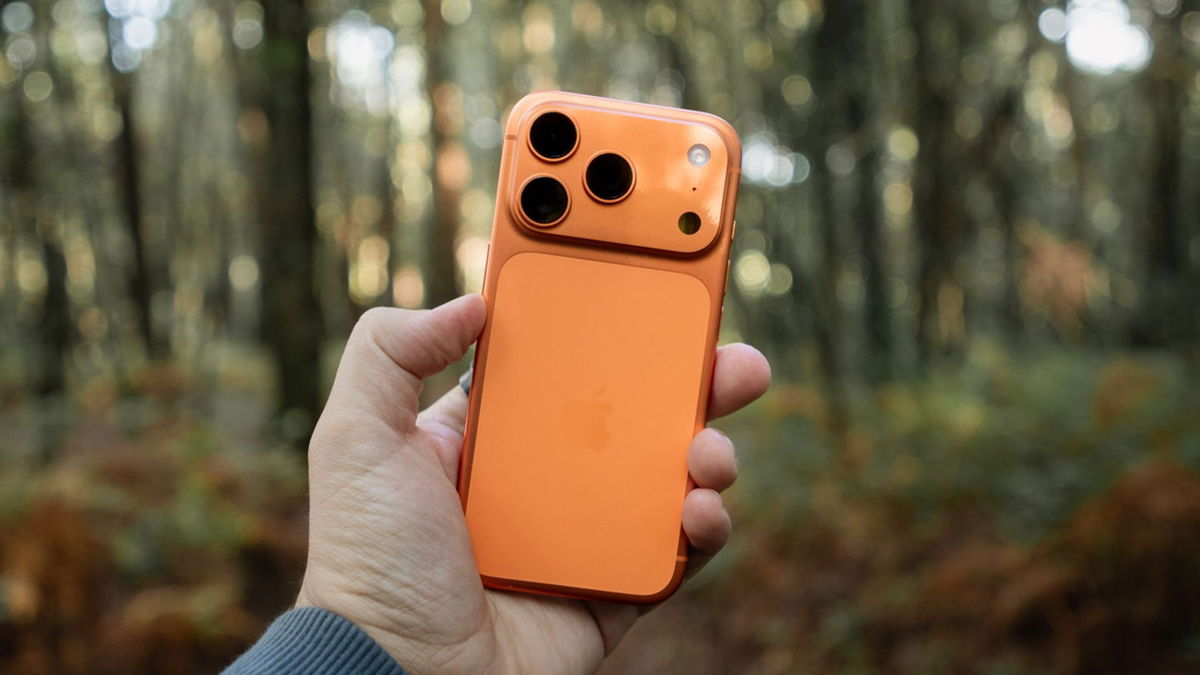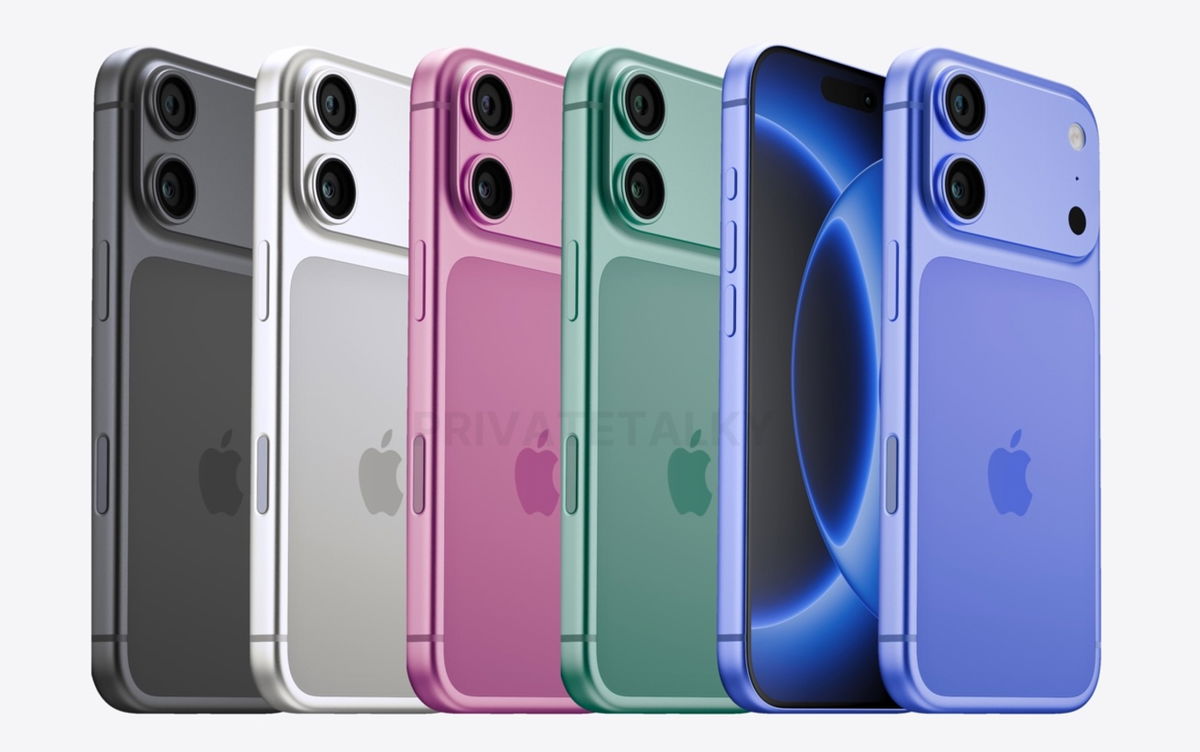We will not be wrong if we say that the latest generation of folding products are real works of engineering, both in their internal characteristics and in design. We’ve already tested this on the Motorola Razr 40 Ultra, and now we’re confirming it on the OPPO Find N3.
Regarding this latest mobile phone, we mention three things that we really like about it and one that not only doesn’t like, but also leaves us conflicted.
Before you continue, you should know that in China, where OPPO is based, 64 percent of high-end mobile users are willing to purchase a foldable cell phone for their next purchase, according to a survey conducted by consulting firm Counterpoint.
Internal and external screens

If this is an article, then an external screen is sufficient; if it’s a video, it’s worth opening OPPO Find N3. We want to emphasize that the mobile phone stands out for the quality of its two panels.
The internal or main display measures 7.82 inches, has a QXGA+ (2440 x 2268 pixels) resolution, a 120Hz refresh rate and is backed by an aerospace-grade carbon fiber backing layer. As if that weren’t enough, it’s compatible with Dolby Vision for a more immersive video display.
The cover or outer screen size is 6.31 inches, Full HD+ resolution (2484 x 1116 pixels), 120Hz refresh rate and an ultra-thin nanocrystalline glass protective layer. It also supports Dolby Vision.
On a more general note, the colors displayed by the smartphone are deep and the contrast levels are more than optimal, so you can get more enjoyment out of any of its modes.
Expedited response

Another aspect in which the Find N3 left us more than satisfied is its response to various tasks. The smoothness is present when the cell phone is folded or when it needs to be unfolded 100 percent; when viewing, playing or launching applications.
The work is carried out by the latest generation Snapdragon 8 Gen 2 processor, which is present in various advanced models of other brands. RAM is not far behind: its capacity is 16 GB (LPDDR5x).
In a scenario, if you have a requirement to perform multiple tasks at the same time, with these two elements working together, we have tested that you will not face any problem.
Finally, to ensure the phone is ready to keep up with you, it comes with 64W SUPERVOOC fast charging for its 4805mAh battery. On paper, OPPO promises 35 percent capacity in just 10 minutes.
“Advanced” interface

We have already talked about the technical components of the main or internal screen. So these lines are more indicative of the user experience this panel offers.
Let’s start with the fact that all applications are displayed immediately in the main interface by default. At the bottom there is a kind of panel with mobile developments or selected platforms in the form in which they are distributed on the computer. This allows you, for example, to drag and drop apps to accommodate up to three (all running at the same time).
Alternatively, you could split the screen into two, with one half allowing you to play YouTube videos and the other half allowing you to browse the web. What we’re saying is that people will have access to a “richer and enhanced” experience with the OPPO Find N3.
What do not you like
The main quality of a cell phone like the Find N3, or one of the most relevant, is precisely that it is a foldable device. But this could also be its main drawback.

In other words, book mobile phones are the most difficult to manipulate. Regardless of whether they are open or closed, they almost always require two hands.
Even when we like a more or less long video on the largest panel or a long text, it is often necessary to switch the mobile phone from one hand to the other (or use the little finger as a support, which can be counterproductive). soon).
The fact that this is a thin smartphone when unfolded (5.8 mm) can also play against this. This is an object that creates the feeling that it can slip out of your hands at any moment.
So this is the contradiction that the Find N3 and other similar mobile phones introduce us to: how difficult it is to manipulate them, precisely because of their foldable format. This does not detract from the fact that we are dealing with real works of engineering art, as we mentioned at the beginning.
Source: Digital Trends












